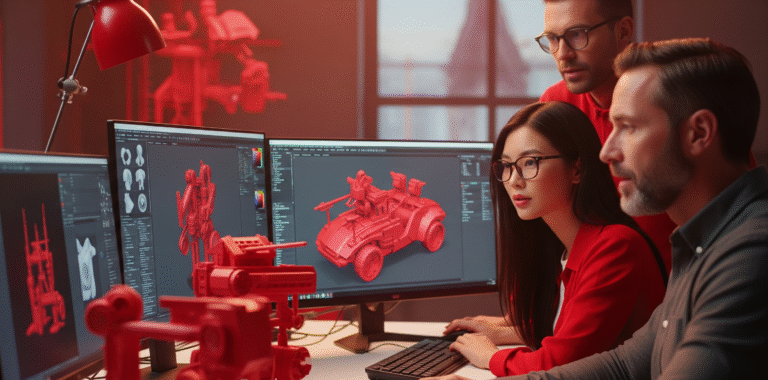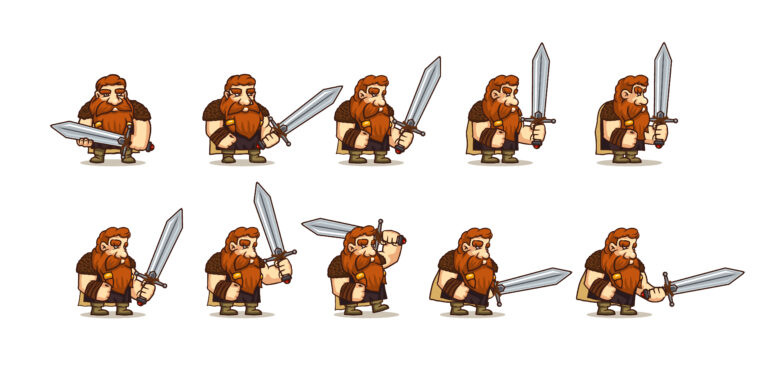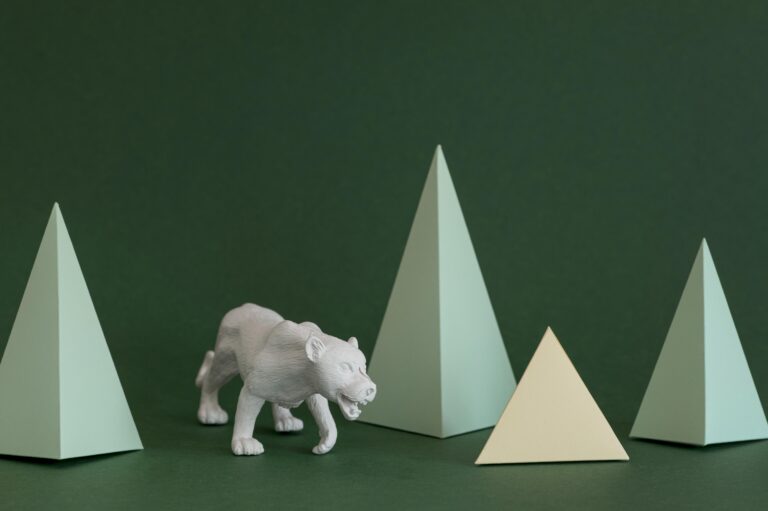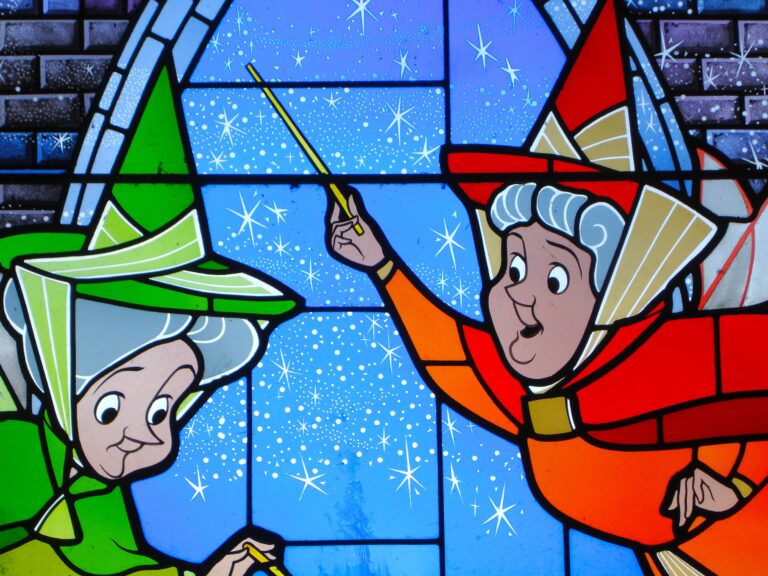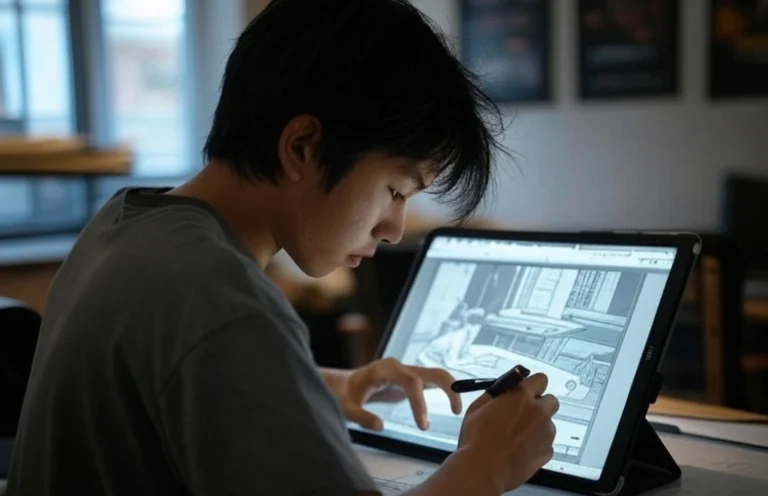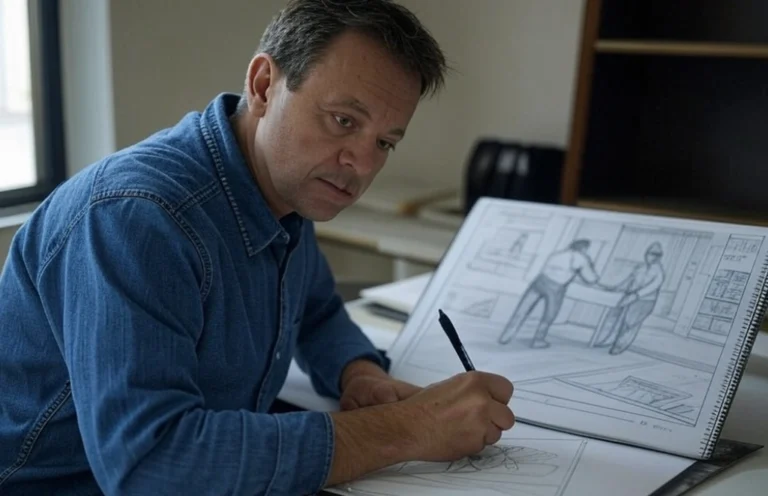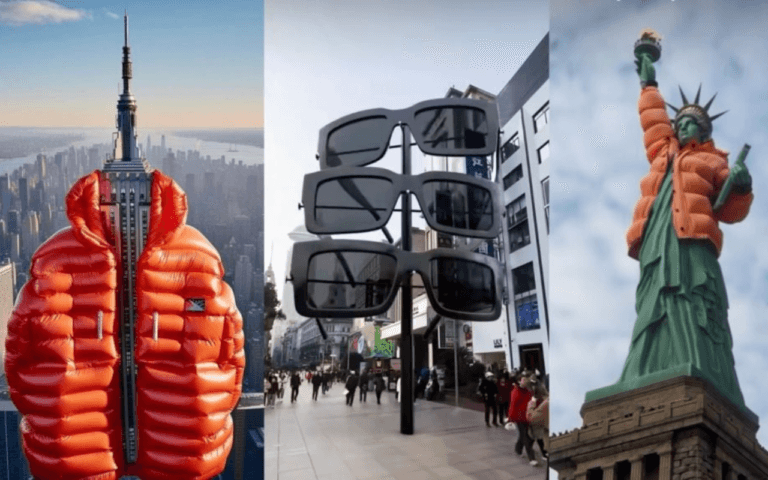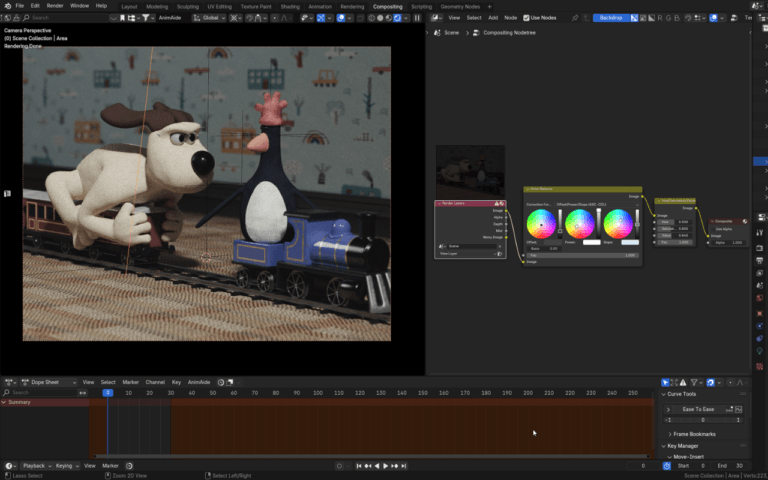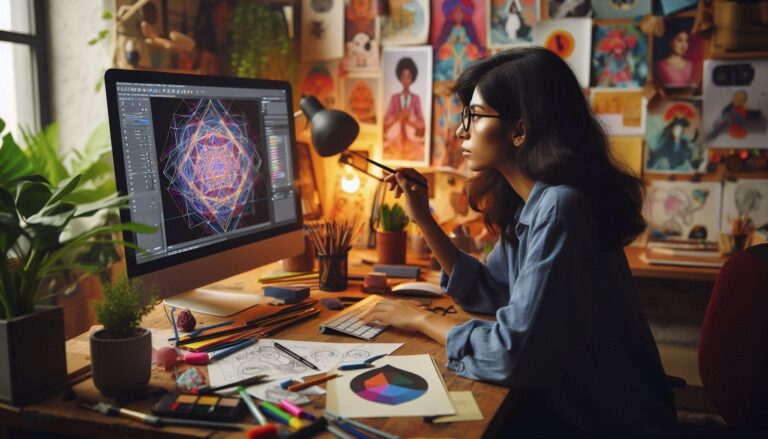Let’s be real – characters are the lifeblood of games, animation, comics, and stories of all kinds. A narrative can boil down to two basic ingredients: characters doing stuff. Without compelling characters, even the craziest stuff falls flat. So how exactly do master artists cook up characters that feel irresistibly alive? As it turns out, there’s no single recipe. Character art styles span a huge spectrum from cartoon zaniness to photorealistic intimacy. But seasoned creators have mastered key principles for sculpting memorable heroes and villains out of pixels, vectors, or clay.


Need Game Art Services?
Visit our Game Art Service page to see how we can help bring your ideas to life!
What Are Different Character Art Styles?
In this piece, we’ll explore that vast artistic spectrum stopping to appreciate the flavors of key styles along the way. You’ll discover how cartoon elasticity supports wacky antics, textured brush strokes add hand-crafted personality, and lively motion makes CGI creations feel more relatable. Here is the list of different character art styles:
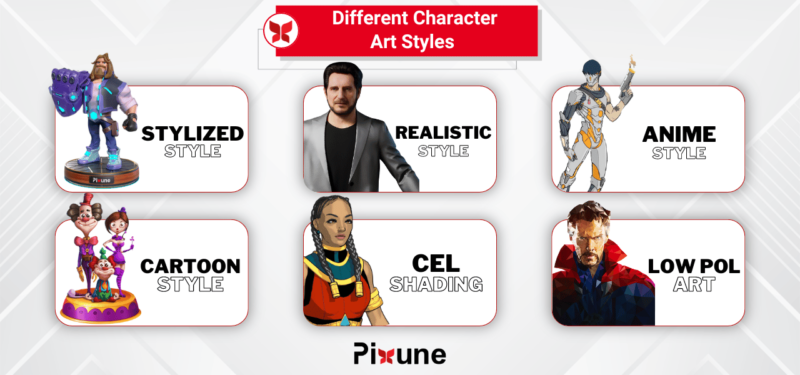
Cartoon Style: Wacky, Unrestrained Imagination
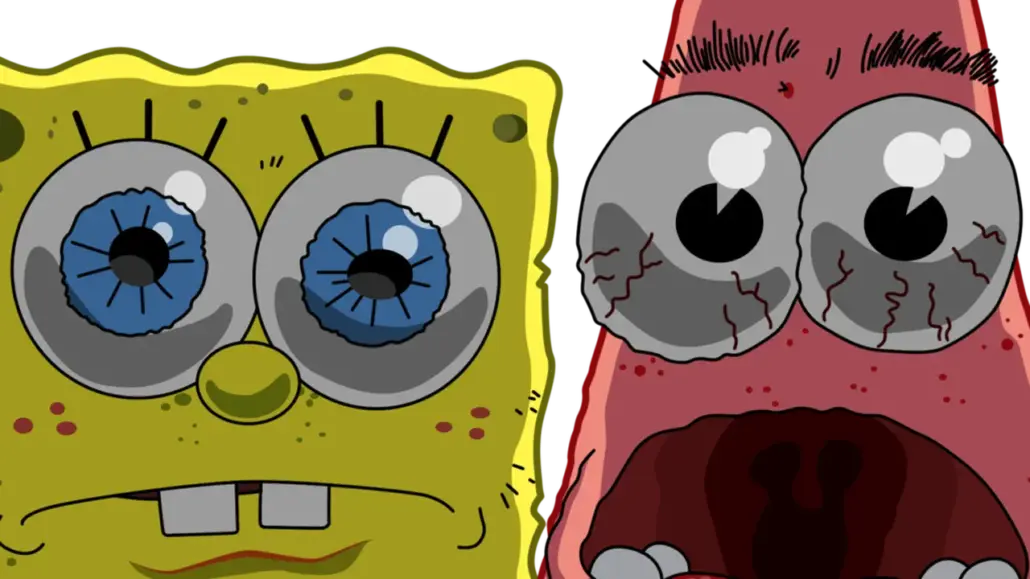
Like plucking a guitar string, cartoon style thrums our imagination. Abstracted shapes, rubbery motion, and whimsical music transform the mundane into magic. Physical laws bend to humor’s will. While live-action portrays life as is, cartoons show life as we want it to be – joyful, surprising, and totally fun.
Growing up, I treasured nothing more than plopping onto the shag carpet on Saturday mornings to soak in back-to-back cartoon hijinks. I’d laugh hysterically at Wile E. Coyote’s increasingly complex Acme gadgets backfiring in Looney Tunes. Tom and Jerry’s violent slapstick left me in awe that they always bounced back unscathed. And Scooby Doo’s monster unmaskings affirmed brains over brawn.
The elastic, exaggerated style stretched possibilities. Humor softened life’s sharp edges, affirming that friendship and imagination can overcome hardship. Even as an adult, rewatching these classics takes me back to that uncomplicated childhood bliss. Great cartoons bottle youthful wonder so we can uncork it at any age.
Some All-Time Cartoon Favorites
- Mickey Mouse – The mischievous mouse mascot epitomizes Disney magic
- Bugs Bunny – Wisecracking rabbit outsmarts foes with snark
- Homer Simpson – Doh! Homer’s buffoonery makes inanity hilarious
- Spongebob Squarepants – Happy-go-lucky sea sponge lives in an anemone
- Snoopy – Philosophical beagle’s fantasies poke fun at human foibles
Realistic Style: Warts-and-All Humanity
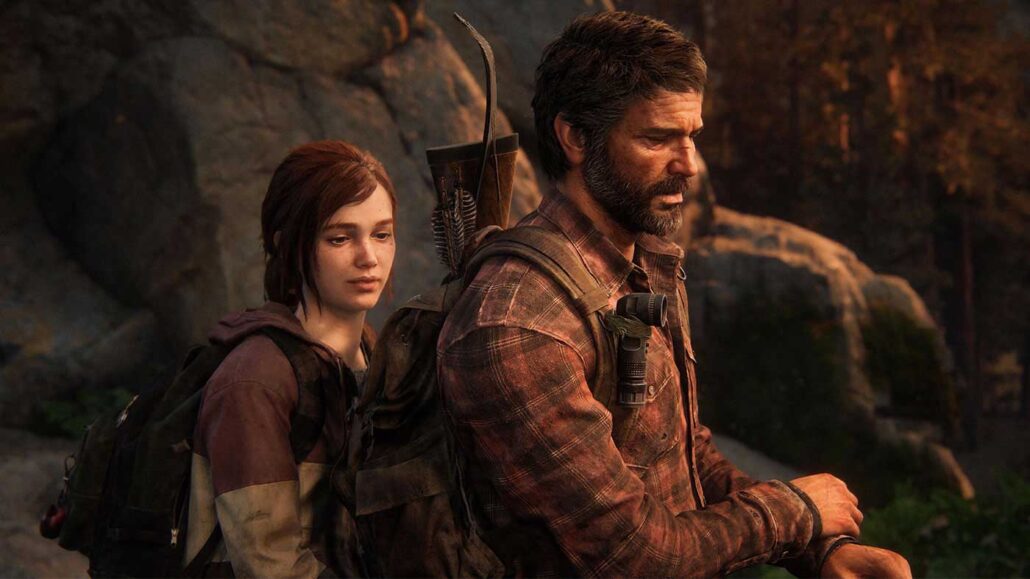
When I first saw the hyper-realistic CGI dinosaurs lumber across Jurassic Park’s screens in 1993, my jaw scraped the sticky theater floor. This was no Ray Harryhausen stop-motion – these towering T-Rexes felt tangibly alive and ticked off! Realistic CGI characters can depict humanity and nature with such accurate intimacy, that it’s chilling. Or thawing, when used to spotlight beauty.
Truly skilled realism captures truths with raw honesty. Every laugh line, stray hair, and skin mottling reveals our messy imperfections. Meanwhile, intricately rendered animal fur and natural landscapes connect us to Mother Nature’s complex miracles. Realism defies facades, laying reality bare.
Too often, CGI reality falls into the “uncanny valley” where near-perfect imitation ironically appears eerie by missing the flaws that confirm humanity. The most stirring realism uses nuance and abstraction to bridge reality with emotional meaning. When paired with compelling writing and performances, a realistic style transports our spirits completely into screen lives.
Note that while having a realistic art style is a must when you want to convey realism, its not enough. Read our article about Naturalistic Motion in Animation to find out how to complement a realistic style with natural motions to deliver true immersion.
Stunning Realistic Examples
- The Lion King – Expressive animals exude lifelike grace
- L.A. Noire – Facial technology highlighted psychological nuance
- The Last of Us – Naturalistic style amplified the high stakes
- God of War 2018 – Photorealism intensified the tangible brutality
- Red Dead Redemption 2 – Unprecedented detail breathed life into the Wild West
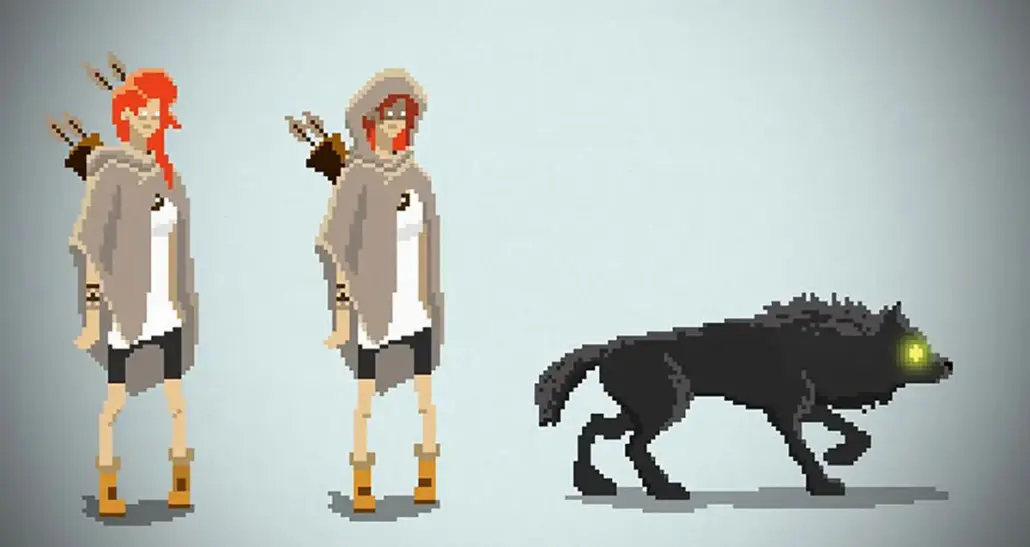
Pixel character art by Pixune Studio
Growing up in the 90s, those chunky dancing pixels represented technological magic. The primitive cubes captured my imagination more than any subsequent polygons. Pixel art’s hand-placed retro charm shows off artists’ genius when less is more.
Pixel art design services eschew lavish detail for strategic simplicity. Yet inside those careful color constellations, I saw life bloom. I gleefully guided Link on pixelated quests, cheering each newer bitmapped blessing. The dedicated placement of each voxel mirrored the artists’ passion. Raw retro pixels represent the passion that launched gaming’s future.
Today, independent pixel art games reignite that present-wrapped-in-nostalgia joy. Their stylized worlds feel meticulously hand-crafted rather than machine-extruded. Small imperfections lend retro appeal that over-processing loses. There’s an undeniable human tenacity behind primitive pixels that high fidelity often lacks.
Some Pioneering Pixelated Pals
- Mario – Pudgy Italian plumber mascot defined Nintendo
- Link – Pointy-eared adventurer hero clad in green
- Mega Man – Blue armor and blaster heralded a robot legend
- Donkey Kong – Red necktie on bulky gorilla etched early gaming history
- Samus – Cybersuit and golden helmet made this bounty hunter iconic
Stylized/Exaggerated Style: Cranking Reality to 11
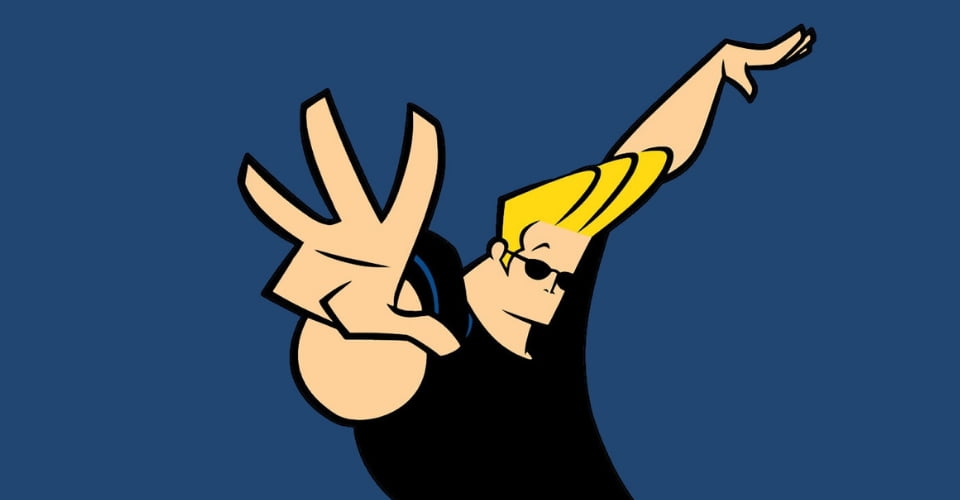
As a kid, I’d pump the volume knob up until those tiny realistic apartment speakers exploded with heart-thumping bass. Stylized art similarly cranks reality up to 11 through visual hyperbole. Every element gets exaggerated just shy of breaking credulity, amplifying stories to operatic spectacles.
By escaping the shackles of realism, artists can bend the medium to meet the vision. Costumes morph into über-symbolic power fantasies. Weapons swell to outrageous proportions mirroring their warrior’s outsized strength. Sinewy bodies distort to become human ideograms. Backdrops warp surreally to externalize psychological subtexts. Realism depicts what is; stylization reveals what could be.
But the most effective exaggeration remains anchored to humanity. Caricatures work best when we perceive the real person peering through the warps. Unique character art style choices should align with and amplify authentic traits rather than pile on arbitrarily. Like a bungee cord, the most elastic visions snap back to their origins.
Bold Exaggerated Examples
- Johnny Bravo – Wavy coif, bulging pecs, and arrogance exaggerated for laughs
- Adventure Time – Friends frolickedfrolick through surreal candy-filled worlds
- Samurai Jack – Jagged lightning style pushed into epic presentation
- Invincible – Vibrant colors and contorting forms amplify the comic carnage
- Borderlands – Dark humor and visual edge match its absurdity
Anime Style: Portal to Imaginative Escapism
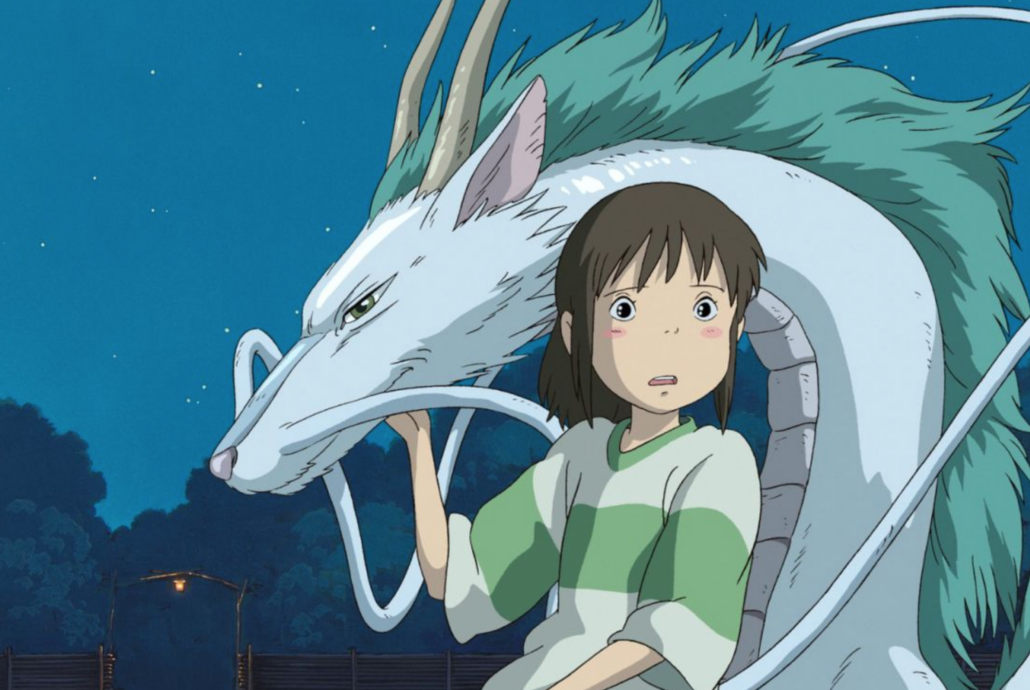
As a teen, I’d come home drained after long days squirming in hard desks. Cracking open a manga filled that void with outrageous escapism. On pages bustling with giant eyes, Speedline action, and wacky hairstyles, I could loosen reality’s stiff collar and breathe imagination.
Anime’s unique visual language mixes honesty with fantasy. Characters wear their emotions boldly on their sleeves. Abstracted elements like shifting backgrounds and symbolic props provide metaphorical insight. The result feels both relatable and excitingly unfamiliar.
Whimsical mascots like puffball Totoro and blue spirit creature Navi give viewers an upbeat guide for navigating unfamiliar scenarios. Anime invites you to be an awestruck kid again in worlds where imagination reigns supreme. No wonder it continues spreading joy globally.
A Small Sample of Anime Wonders
- Son Goku (Dragon Ball) – Spiky hair and perseverance inspire hope
- Naruto Uzumaki (Naruto) – Bright jumpsuit reflects his bouncy determination
- Chihiro (Spirited Away) – Bravery in bizarre scenarios is relatable
- Sailor Moon – Magical girl icon empowers with strength
- Astro Boy – Enduring robot boy with futuristic style and heart
Cel Shading: Marrying 2D Looks With 3D Capabilities
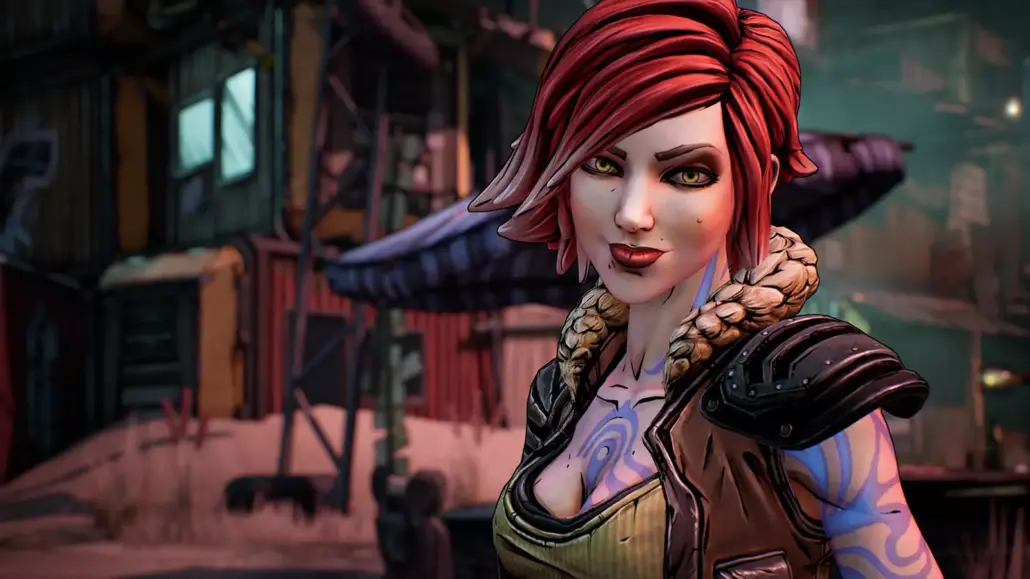
As a teenager, I’d study cel animation techniques in library books imagining how I’d bring my own drawings to life. When I later saw 3D games render characters with crisp outlines and flat colors like my doodles, I rejoiced. Cel shading finally arrived to merge 2D’s aesthetic appeal with 3D’s interactive freedom!
Cel shading translates concepts from traditional cels into virtual spaces – bold outlines, limited colors, abstracted shapes, and emotive motion. By reducing visual complexity, it focuses attention on characters and playability. The resulting graphic style feels like a playable cartoon, springing off the screen with bounce and bravado!
Of course, a modern game art company creatively blends many techniques under the hood. But the principles of legibility, personality, and performance that cel shading pioneered remain guideposts for stylizing immersive experiences with handcrafted hearts. The future promises styles that are evermore faithful to creative vision over technical limits
Some Cel Shade All-Stars
- Jet Set Radio – Graffiti rebels brought street culture to life
- The Legend of Zelda: The Wind Waker – Nintendo made an unforgettably charming cartoon epic
- The Legend of Zelda: Breath of the Wild – Neon colors mesmerize against naturalistic textures
- Spider-Man: Into the Spider-Verse – Stylish hybrid visuals turn comic pages cinematic
- Borderlands – Black outlines + dynamic shading = gritty graphic novel
Low Poly Art: Maximum Meaning Through Minimalism
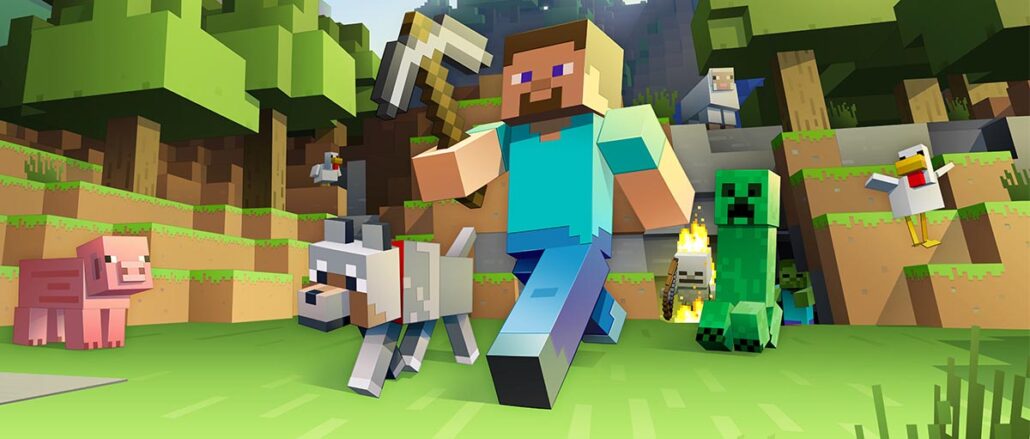
My first laptop choked rendering 3D games. But simple geometric models tapped a nostalgia vein through their blocky charm. Low poly art employs hard edges and elemental shapes rather than pursuing endless detail. Less complexity focuses attention on possibilities over realities.
Abstract shapes leave space for imagination to fill the gaps. Our minds complete the visions through personalized perceptions. Low poly models guide eyes through implied motions along crisp vector paths. By finding virtue in technological limits and distortion, low poly art spotlights stirring essence below surface elaboration.
Of course, ascetic minimalism itself holds little meaning. Context imbues significance. But low poly’s judicious reduction often expresses more with less. Restrictions hone communication to indispensable signals. At the intersection of restraint and intent, low poly art uplifts truth and beauty.
If you want to learn more about this simple yet enchanting art style, check out our article about low poly game art.
Polygonal Pioneers
- Minecraft – Lego-like blocks empower creative construction
- Re-Volt – Toy RC cars gain tactile charm
- Voxatron – Voxel retro effects evoke gaming’s dawn
- Habbo Hotel – Minimized avatars enable diverse expression
- Thomas Was Alone – Geometric shapes brimming with personality
Artistic Alchemy: Advancing The Style Spectrum
So where next for the style spectrum? Technological leaps will enable new blends unimagined today. But artistic vision guides tech, not vice versa. The principles behind great character art persist regardless of the medium’s limitations.
As we’ve explored, all styles contain strengths to amplify personalities and stories. Photorealism conveys humanity, cartooning enables humor, and low poly maximizes minimalism. Wise creators mix and match sensibly by considering impacts on emotion, branding, and performance. Most importantly, they pour passion into every pixel, vertex, and clay mold. That personal touch makes all the difference.
The journey of crafting remarkable characters begins with a simple pencil stroke. It takes years of practice and play to develop skills and voice. But artists who retain their inspiration, curiosity, and humility can build masterpieces with whatever tools time provides. So get out there, make some art, and bring your visions to life!

